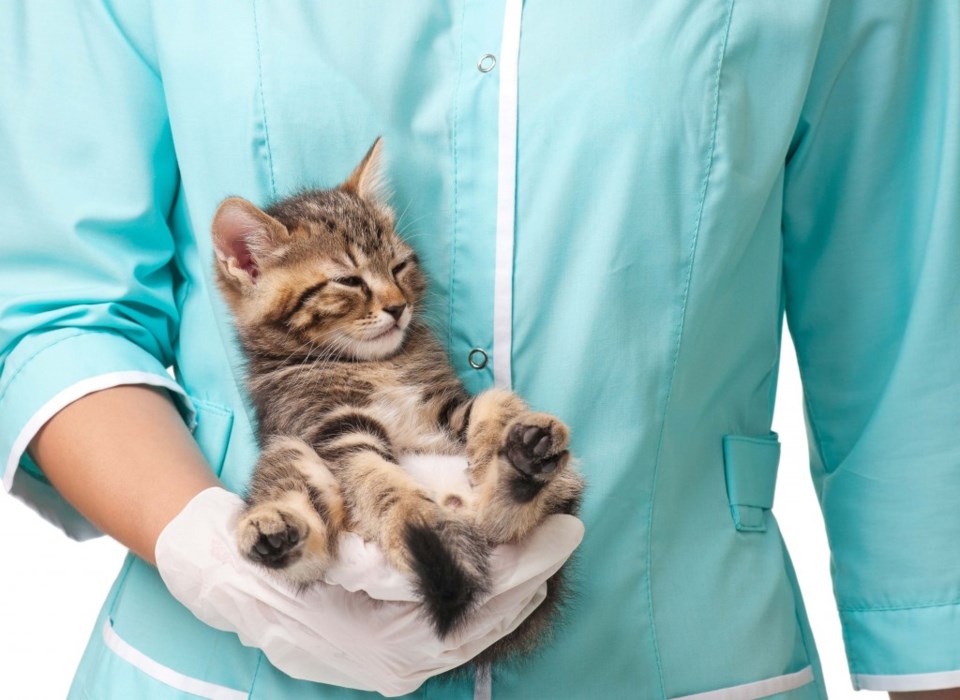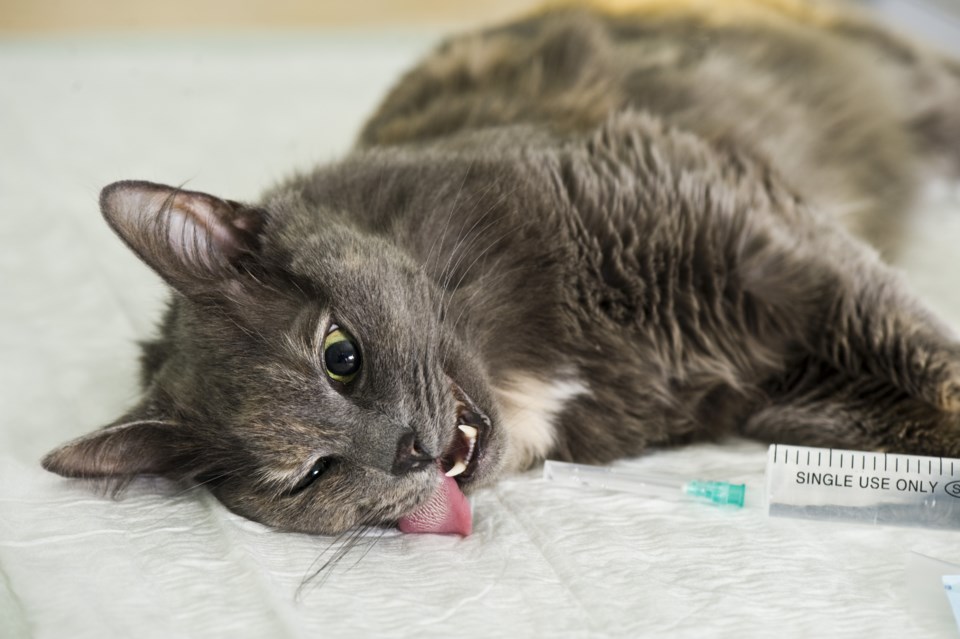
Each month, Plano veterinarian Dr. Shawn Messonnier will share his insights on topics of interest to our readers. If you have a concern you would like Dr. Shawn to address, email him at [email protected].
Many pet parents have an unnecessary fear of anesthesia, so I thought I would spend some time dealing with some of the most common misconceptions about this common medical procedure, particularly anesthesia of older pets.
Here are some of the fears/complaints/myths I hear from new patients about anesthesia, particularly anesthesia of older pets:
Myth #1: Anesthesia is dangerous.
Anesthesia has evolved into a safe medical practice since it was first used in 1799. Modern anesthetics are very safe and have come a long way from early anesthetic drugs. Having said that, however, they are medications and like any medication they can cause harm to the patient or the doctor and the staff in the operating room.
In general, there are two types of anesthetics: injectable anesthetic drugs and inhalant anesthetic drugs (gases.) Both injectable and gas anesthetics can be used safely IF dosed properly, IF chosen considering the pet’s medical condition (some drugs should not be used in pets with certain medical conditions if at all possible), and IF proper monitoring of the pet while anesthetized is done.
Myth #2: My pet will be groggy following anesthesia.
One of the most common complaints I hear from pet owners who seek out my help for anesthesia and surgery is that their pets are groggy for several hours or several days following prior anesthetic procedures. In my opinion it should never occur. In general, this hangover or groggy effect occurs when certain drugs, usually those given by injection, are used for anesthesia. A safer approach is to use a short-acting anesthetic, followed by gas anesthesia, for anesthetic maintenance for surgical procedures including spaying and neutering. Using this anesthetic regimen, patients wake-up quickly following surgery and can be sent home fully awake within minutes of the surgery.
Myth #3: My pet is too old for anesthesia.
I don’t believe that any pet is too old for proper medical care. It is true that older pets don’t metabolize some drugs as well as younger pets, and for this reason the correct anesthesia must be safely chosen for the pet’s age and more importantly its state of health or presence of medical problems at the time of the procedure. I see far too many pets who have not been given proper care (especially dental cleanings and tumor removals) because they are deemed “too old” for anesthesia. I can honestly say that I have not had a single anesthetic problem or death in an older pet using proper holistic anesthesia regimens.
Here are some rules for what I call “Safe and Proper Anesthesia”…
- All patients are different.
- All patients have unique anesthetic needs.
- The least amount of anesthesia needed is given to ensure a safe procedure.
- Patients are carefully monitored during anesthesia to ensure a safe procedure.
- Various types of anesthesia may be used to minimize the depth of anesthesia obtained.
- Light planes of anesthesia are preferred for minimally painful procedures. The pet is barely asleep as deep anesthesia is not needed.
- Analgesics (pain-relieving medications) are used to minimize discomfort and anesthetic needs.
- Patients wake up from anesthesia immediately following the procedure.
- Patients are sent home immediately following anesthetic recovery.
- Older pets can/should be safely anesthetized as part of their anti-aging care.
Like all myths, those presented here are based upon fear and/or inaccurate information. As you can see, anesthesia can be safely done in pets thanks to the use of modern anesthetics and monitoring equipment. It’s important that you are comfortable with anesthesia before you consent to the procedure. Ask questions and make sure you understand the answers before submitting your pet to any anesthetic, surgical or medical procedure. Taking this approach has allowed veterinarians with a special interest in senior pet medicine to safely perform anesthesia on older, even high-risk patients, with no fear of anesthetic problems. Talk with your doctor about using a gentle, natural approach to help relieve your concerns the next time your pet needs sedation or anesthesia.
Learn more about natural pet care at pawsandclawsanimalhospital.com.




